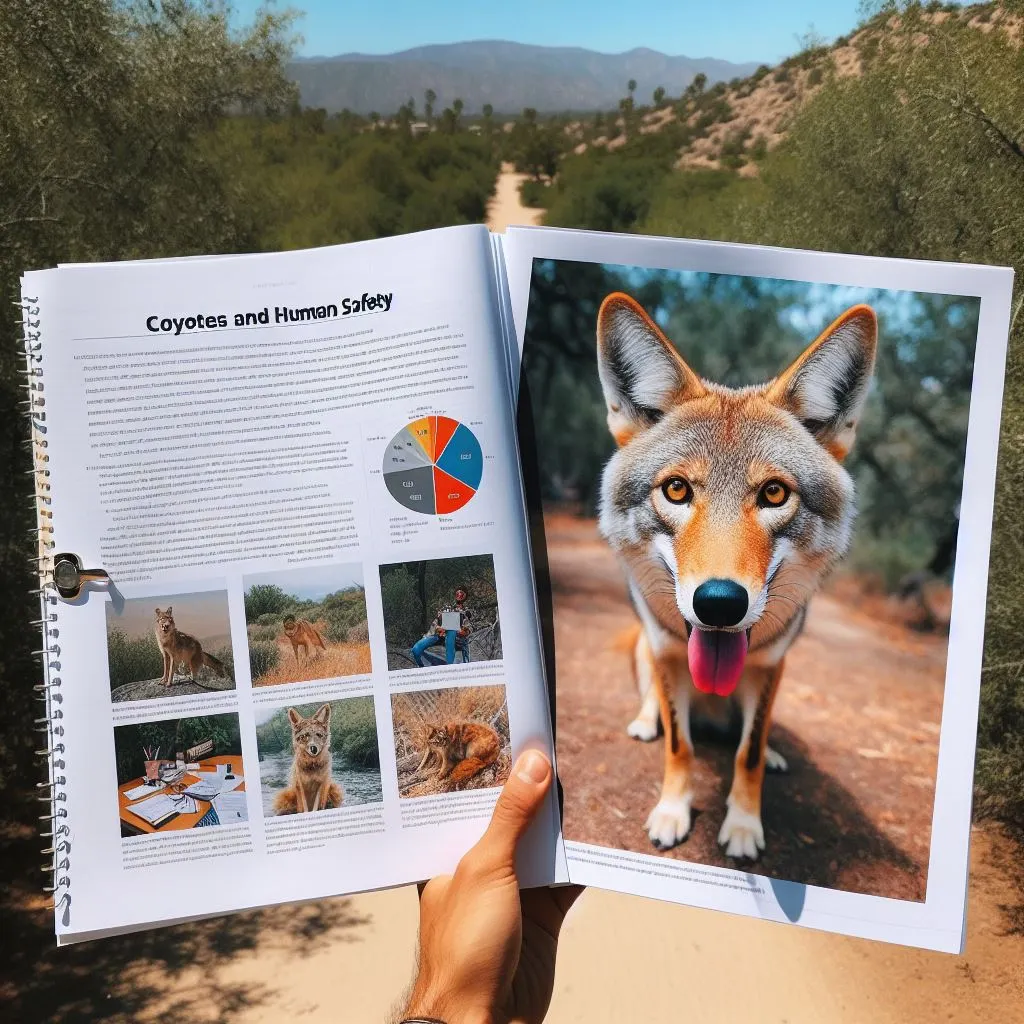Coyotes, those enigmatic and resourceful creatures of the wild, often evoke a mix of fascination and fear among humans. With their keen intelligence and adaptability, they have thrived in a variety of environments, including urban areas. But just how dangerous are coyotes, really? Are they a threat to humans and pets, or are they simply misunderstood animals trying to coexist in a changing world?
In this article, we’ll delve into the realities of living alongside coyotes, exploring their behavior, potential risks they pose, and strategies for peaceful coexistence.
Understanding Coyote Behaviour
To assess the danger posed by coyote, it’s crucial to understand their behavior. Coyotes are highly adaptable carnivores belonging to the Canidae family, which includes wolves, foxes, and domestic dogs. They typically inhabit forests, grasslands, deserts, and even urban areas across North and Central America.
Coyotes are primarily nocturnal animals, meaning they are most active during the night. However, they can also be seen during the day, especially in areas with less human activity. They are opportunistic hunters and scavengers, with a diverse diet that includes small mammals, birds, fruits, and even insects. This adaptability is one reason why coyotes have managed to thrive in various ecosystems, including suburban and urban environments.
Coyotes and Human Interaction
While coyotes generally avoid humans, interactions do occur, especially in areas where human development encroaches upon their habitats. Encounters with humans can lead to conflicts, particularly if coyotes perceive humans or their pets as threats or potential prey.
Instances of coyote attacks on humans are rare, but they can happen, particularly if the coyote feels threatened, cornered, or is defending its territory or pups. Most attacks on humans involve children or individuals attempting to feed or interact with coyotes, behaviors that can inadvertently encourage boldness in these wild animals.
Risk to Pets
One of the primary concerns for pet owners living in areas inhabited by coyotes is the safety of their beloved companions. Small dogs and outdoor cats may be at risk of predation by coyotes, especially if they are left unattended in areas where coyotes roam.
Coyotes are known to view small pets as potential prey, particularly during times of food scarcity or when they are raising their young. To mitigate the risk to pets, it’s essential for pet owners to take precautions such as keeping pets indoors or supervised when outdoors, especially during dawn and dusk when coyotes are most active.
Mitigating Conflicts
Efforts to mitigate conflicts between humans and coyotes often focus on education, habitat management, and deterrent techniques. Public awareness campaigns can help educate communities about coyote behavior and the importance of coexisting peacefully with wildlife.
Habitat management strategies may include reducing food attractants such as open garbage containers, securing compost piles, and removing fallen fruit from yards. By eliminating food sources, humans can discourage coyotes from frequenting residential areas.
Deterrent techniques range from loud noises and motion-activated lights to physical barriers such as fencing. These measures aim to make residential areas less appealing to coyotes and encourage them to seek food and shelter elsewhere.
Coexistence and Conservation
Despite occasional conflicts, coyotes play a vital role in ecosystems as predators that help regulate populations of prey species such as rodents and rabbits. They also serve as indicators of ecosystem health and biodiversity. As such, efforts to manage conflicts with coyotes should prioritize coexistence rather than eradication.
Conservation organizations and wildlife management agencies often advocate for non-lethal approaches to coyote management, such as hazing techniques that discourage coyotes from becoming too comfortable in residential areas. These methods aim to modify coyote behavior without causing harm to the animals.
Conclusion
In conclusion, while coyotes can pose risks to humans and pets in certain situations, they are generally not as dangerous as they are often perceived to be. Understanding coyote behavior, taking precautions to minimize conflicts, and promoting coexistence are key to fostering harmonious relationships between humans and wildlife.
By respecting coyotes as integral members of ecosystems and implementing responsible management strategies, we can minimize conflicts and appreciate these remarkable animals for the valuable role they play in the natural world. With awareness, education, and proactive measures, humans and coyotes can coexist peacefully, ensuring the preservation of biodiversity and the well-being of both species.

